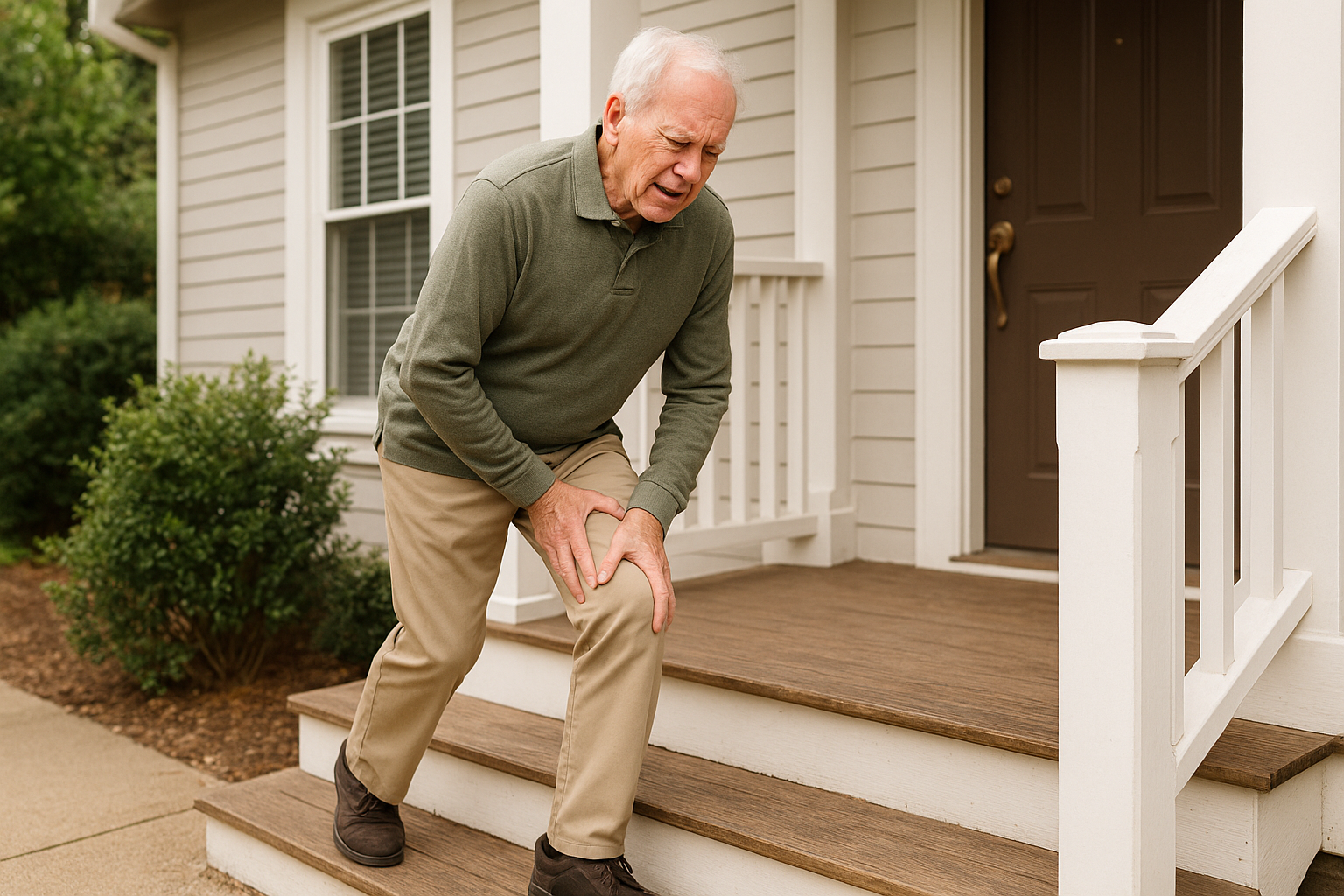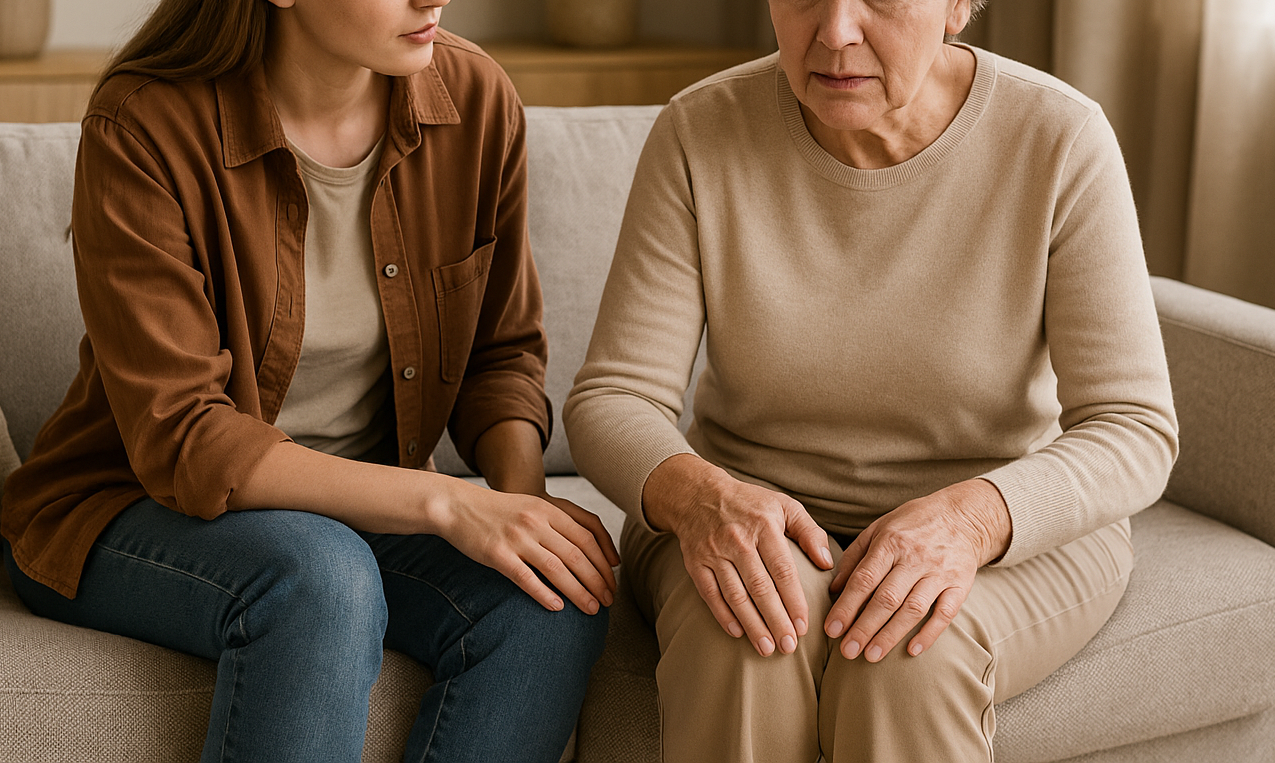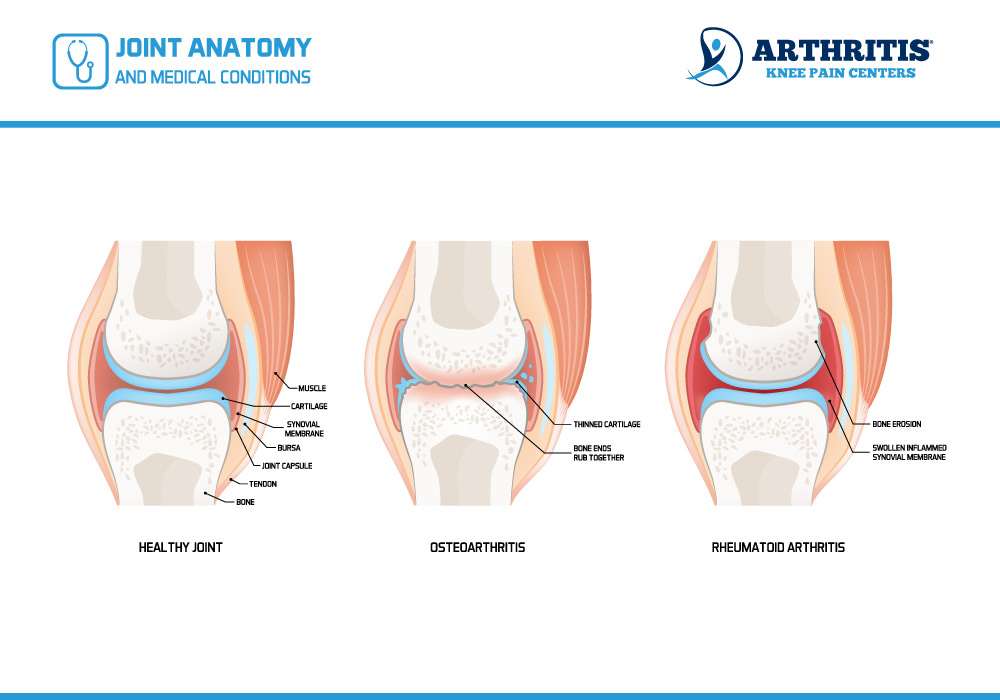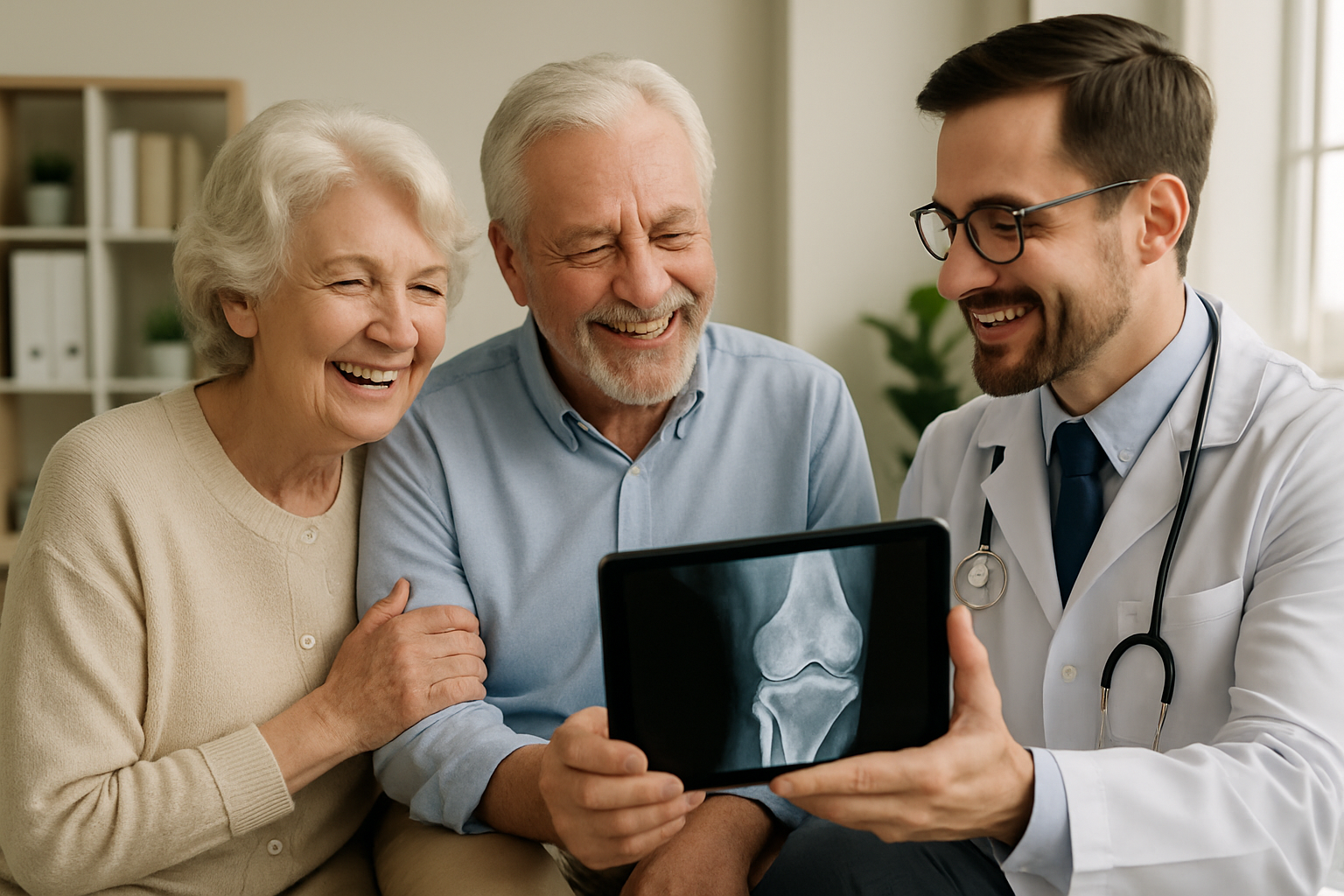Why You Have Pain Above the Knee Cap

What Causes Pain Above the Knee Cap?
Pain above knee cap often comes from strain or inflammation in the soft tissues or joints. Some of the most common causes include:
- Patellofemoral Pain Syndrome (Runner’s Knee) – This happens when the kneecap doesn’t move smoothly and starts irritating the tissues underneath. It’s often felt during activities that involve bending the knee, such as climbing stairs or standing up after sitting for a while.
- Iliotibial Band Syndrome (ITBS) – The iliotibial band runs along the outside of the thigh and can become tight or inflamed, especially after repetitive activities like walking, running, or biking. This tightness can pull on the knee and cause discomfort above the kneecap.
- Overuse or Injury – Starting a new workout or doing more than usual can strain the knee, especially if the muscles aren’t ready for it. Small injuries from daily movement or minor falls can also build up over time.
- Muscle Weakness or Imbalance – If certain muscles in your thighs or hips are weaker, it can throw off how your knee moves, leading to extra pressure above the kneecap.
- Arthritis – As we age, the smooth cartilage in our knees can wear down, leading to inflammation and pain. Arthritis-related pain is often dull and aching, and it may come with swelling or stiffness.
If you have recently started a new exercise routine or have been engaging in activities that put a lot of stress on the knees, such as squatting or jumping, these may be contributing factors to your knee pain.
Understanding what’s behind your pain is the first step toward finding relief. Learn more about our causes of knee pain for additional insight. If you’re unsure, a knee specialist can help you pinpoint the cause and explore safe treatments.
Symptoms and Signs of Knee Pain Above the Knee Cap

The symptoms of knee pain above the knee cap can vary depending on the underlying cause. Some common signs to watch out for include:
- Pain or discomfort when walking, running, or climbing stairs
- Soreness or tenderness around the kneecap
- Swelling or inflammation
- A popping or grinding sensation in the knee
- Difficulty fully straightening or bending the knee
It’s important to pay attention to these symptoms and seek medical advice if they persist or worsen over time. Ignoring knee pain can lead to further damage and potentially more invasive treatment options.
Knee pain above the knee cap can result from various factors, such as overuse injuries, muscle imbalances, or even underlying medical conditions like arthritis. It is essential to consider the individual’s lifestyle and activities that may contribute to the development of knee pain.
In addition to the mentioned symptoms, individuals experiencing knee pain above the knee cap may also notice redness or warmth around the affected area. This could indicate inflammation or an immune response within the knee joint, suggesting a need for prompt evaluation by a healthcare professional.
Can Arthritis Cause Knee Cap Pain?

Yes, arthritis is a common cause of pain in and around the kneecap. As we get older, it’s more likely that the cartilage in our knees has worn down or that inflammation is affecting the joint.
There are two main types of arthritis that may cause pain above the kneecap:
- Osteoarthritis – This is the most common type and happens when the cushioning cartilage in your knee gradually wears away. It can make your knee feel stiff, achy, and swollen.
- Rheumatoid Arthritis – A less common but more serious condition where the body’s immune system attacks the joint lining, causing inflammation and joint damage.

Other types of arthritis include:
- Psoriatic Arthritis – Linked with psoriasis, this can affect joints and cause pain and swelling.
- Gout – A buildup of uric acid crystals in the joint that leads to sudden, sharp pain.
If arthritis is the cause, your provider can suggest non-surgical options to help manage the discomfort and keep your knees working well. Visit our detailed article on osteoarthritis vs. rheumatoid arthritis to better understand the differences. to help manage the discomfort and keep your knees working well.
Managing knee cap pain caused by arthritis involves a combination of medication, physical therapy, lifestyle modifications, and in some cases, surgery. Working closely with your healthcare provider to develop a comprehensive treatment plan that addresses your specific needs and helps improve your quality of life is crucial.
Non‑Surgical Treatment Options

At Arthritis Knee Pain Centers, we offer a full range of non‑surgical, non‑opioid treatments designed to relieve knee pain safely and effectively:
- Bracing & Taping
Knee braces help stabilize the joint, while special taping techniques reduce strain on the knee during everyday activities., while special taping techniques reduce strain on the knee during everyday activities. - Hyaluronic Acid (Gel) Injections
These injections act like a lubricant for your knee joint. They can reduce stiffness and help the bones glide more smoothly, easing pain. for your knee joint. They can reduce stiffness and help the bones glide more smoothly, easing pain. - Platelet‑Rich Plasma (PRP)
PRP uses your body’s own healing cells to reduce inflammation and support natural tissue repair. It’s a regenerative option that some patients prefer over medications. to reduce inflammation and support natural tissue repair. It’s a regenerative option that some patients prefer over medications. - Genicular Artery Embolization (GAE)
GAE is a newer, minimally invasive treatment that blocks tiny blood vessels that are fueling inflammation. This option may be right for patients with stubborn knee pain., minimally invasive treatment that blocks tiny blood vessels that are fueling inflammation. This option may be right for patients with stubborn knee pain. - Diagnostic Fluoroscopy
This advanced imaging tool helps our doctors see exactly how your knee moves. It’s used to guide precise treatment and improve results. helps our doctors see exactly how your knee moves. It’s used to guide precise treatment and improve results.
Other non-surgical treatment options
- Physical Therapy
A licensed therapist will guide you through gentle exercises that build strength, improve movement, and take pressure off your kneecap. - Red‑Light Therapy
Low-level laser light can reduce swelling and promote healing in soft tissue. It’s a gentle, non-invasive treatment that’s growing in popularity.
Our approach is personalized. We work with you to find the best mix of treatments to fit your lifestyle, symptoms, and goals.
Why Choose Arthritis Knee Pain Centers?
If you’re dealing with knee cap pain, you’re not stuck with it. Arthritis Knee Pain Centers has helped over 60,000 patients avoid surgery and get back to doing what they love. We specialize in non-surgical care that’s tailored to each person’s unique condition. Learn about our advanced arthritis knee treatments to see how we can help you.
Our providers use advanced digital imaging, FDA-approved gel injections, and other innovative tools to help you feel better, without the risks and downtime of surgery. We focus on treatments that work with your body, not against it.
Let our experienced team help you walk more comfortably, move with confidence, and get back to the life you enjoy.
Schedule a No-Charge, No-Obligation Knee Screening** today** and take the first step toward lasting relief.
